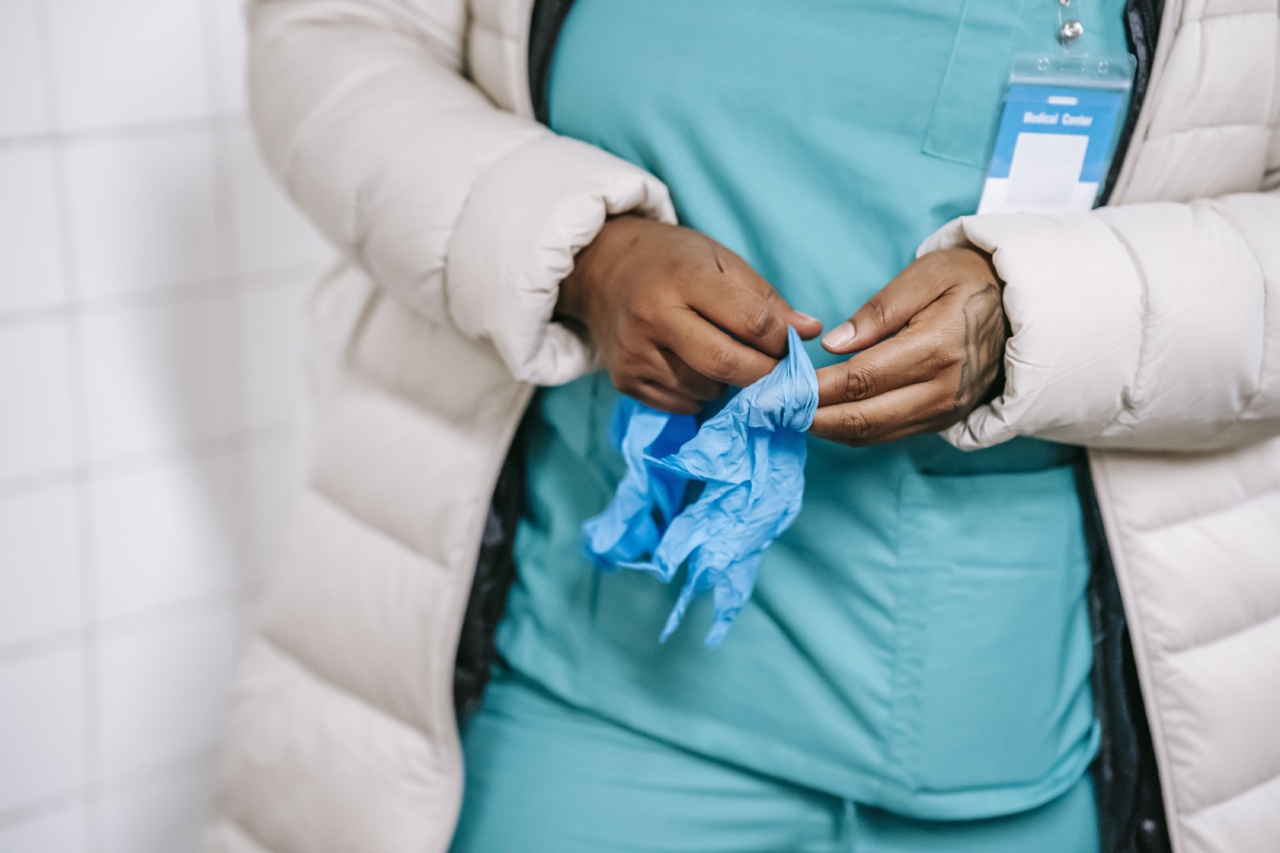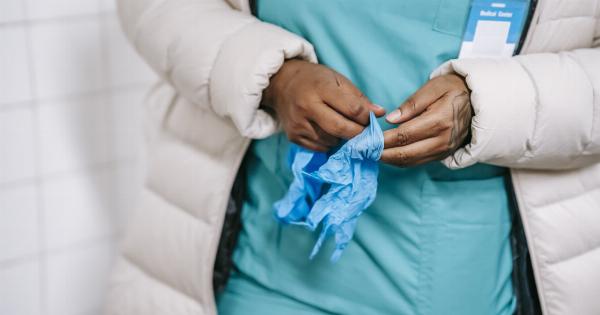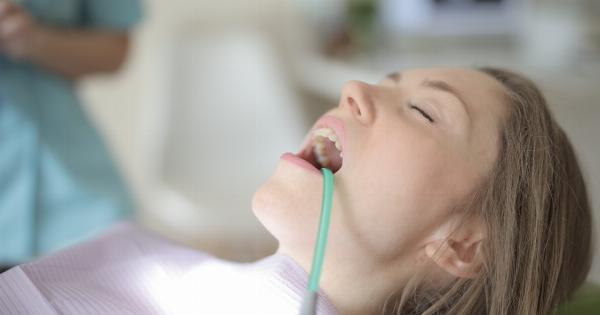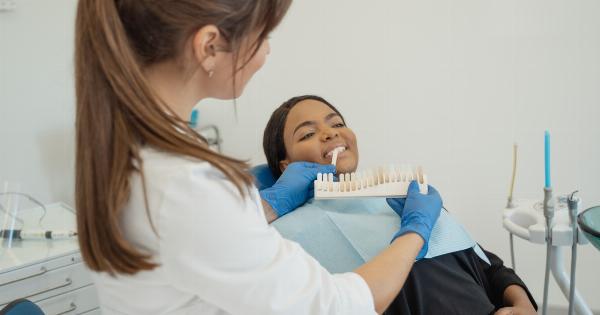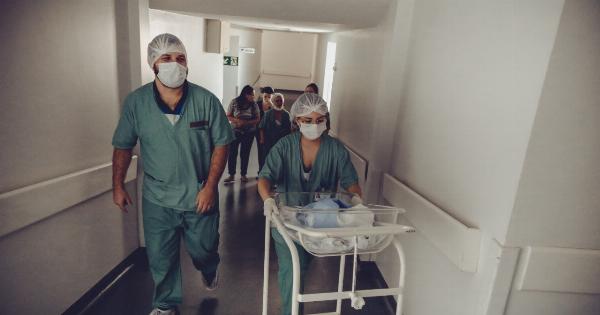Getting a new tattoo is an exciting experience, but it comes with the risk of infection. If you’re not careful, an infection can occur, which can lead to serious health problems.
It’s important to be aware of the early signs of infection and seek medical attention promptly if you suspect an infection.
What is a Tattoo Infection?
A tattoo infection occurs when bacteria or other harmful microorganisms enter the skin through the wound created by the tattoo needle. The wound can be susceptible to infection until it’s fully healed.
An infected tattoo can range from mild to severe. Mild infections can lead to redness, swelling, and tenderness around the tattoo. More severe infections can cause fever, chills, and other flu-like symptoms.
Early Signs of Infection
It’s important to keep an eye on your new tattoo for any signs of infection. The earlier you catch an infection, the easier it is to treat. Here are some common signs to look out for:.
1. Redness
Mild redness around the tattoo is normal in the first few days after getting a tattoo. However, if the area around the tattoo becomes increasingly red, this could be a sign of infection.
Redness that spreads beyond the tattooed area is a more serious sign of infection.
2. Swelling
Slight swelling around the tattoo is normal, but if the swelling gets worse or doesn’t go away after a few days, this could be a sign of infection. Swelling that spreads beyond the tattooed area is also a sign of infection.
3. Pain
Mild pain and discomfort are normal after getting a tattoo. However, if the pain becomes more intense or doesn’t go away after a few days, this could indicate an infection.
4. Heat
The area around the tattoo may feel warm to the touch for the first few days, but if the heat persists, this could be a sign of infection.
5. Pus
If you notice any discharge from the tattoo that is yellow, green, or brown, this could be a sign of an infection. Pus is a clear indication that there is an infection present, and medical attention should be sought out immediately.
6. Fever or Chills
If you experience a fever or chills within a few days of getting the tattoo, this could be a sign of an infection.
A fever is a symptom of your body’s immune system responding to an infection, and medical attention should be sought out immediately.
7. Rash
If you develop a rash around the tattoo, this could be a sign of an allergic reaction or infection. A rash that continues to spread or worsens over time could be a sign of an infection.
8. Bad Smell
If you notice that the area around your tattoo smells bad or foul, this is an indication that there may be an infection present.
9. Itching
Mild itching around the tattoo is normal as it heals. However, if the itching becomes more intense or doesn’t go away after a few days, this could be a sign of an infection.
10. Difficulty Healing
The healing process is different for everyone, but if you notice that your tattoo isn’t healing as quickly as it should be, this could be a sign of an infection.
Preventing Infection
Prevention is the best way to avoid tattoo infection. Make sure to follow these tips to minimize the risk:.
- Clean and sanitize the area before and after getting a tattoo.
- Protect the tattoo during the healing process.
- Avoid scratching or rubbing the tattoo.
- Avoid swimming or soaking in water for at least two weeks after getting a tattoo.
- Avoid exposing the tattoo to direct sunlight or tanning beds during the healing process.
- Keep the tattoo moisturized with unscented lotion.
- Avoid tight clothing or anything that rubs against the tattooed area.
Conclusion
Getting a new tattoo is a fun and exciting experience, but it’s important to take care of your tattoo during the healing process to avoid the risk of infection.
Be on the lookout for the early signs of infection and seek medical attention if you suspect an infection.
